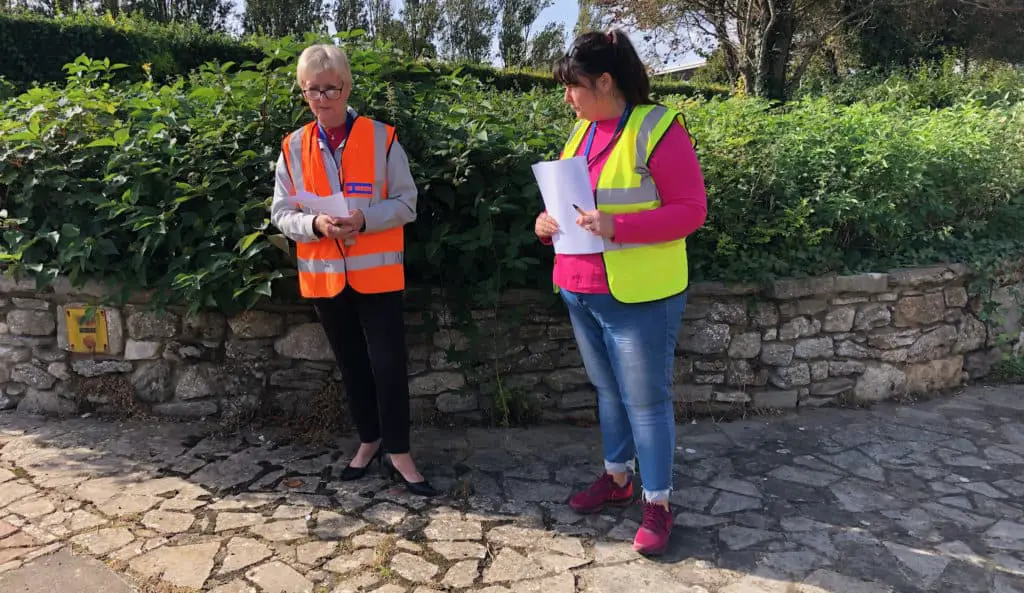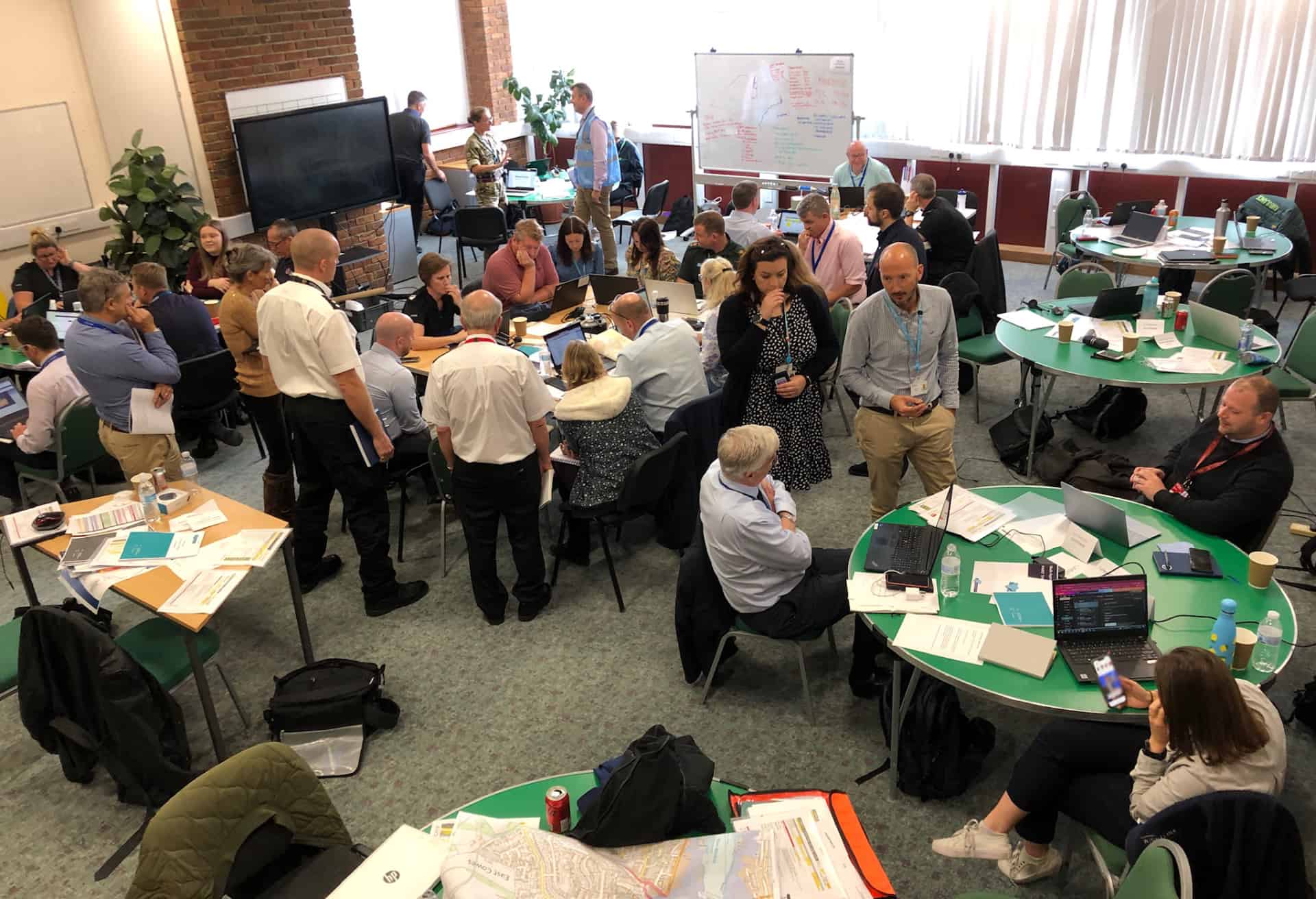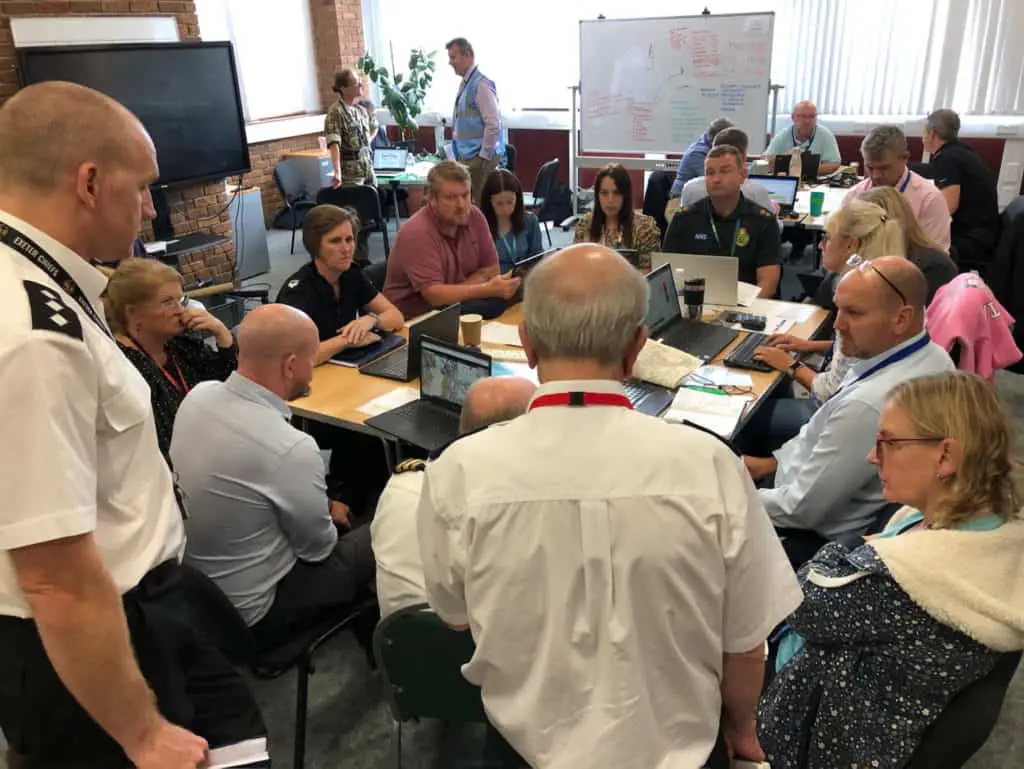Westridge Centre in Ryde buzzed with activity today (Wednesday), morphing into a multi-agency tactical coordination centre.
More than 60 individuals from the emergency services, Isle of Wight council, NHS, utility providers, ferry companies, military, voluntary sector and more convened to partake in a live emergency situation exercise dubbed LiveX.
This event marks the first time an exercise of this calibre has unfolded on the Isle of Wight. Initially scheduled for 2020, planners pushed it to a later date due to the Covid Pandemic.
Assuring
It’s important to remember, none of the emergency situations listed below actually occurred today, so there’s nothing to worry about. Seeing how all of the people worked together today, really did give assurance that if something like this was to occur in the future, there’s meticulous planning in place to handle it.
The exercise, 18 months in the planning, aimed to evaluate the resilience of all relevant parties in an emergency situation.
The scenario
The outlined scenario dealt with the consequences of adverse weather; strong winds; interruptions to ferry services; flooding and evacuation of residential properties in East Cowes; a power outage in Freshwater; water supply disruptions in Ryde; and efforts to secure the water treatment works in Sandown.
This exercise afforded each relevant service an opportunity to assess the robustness of their emergency planning, reflecting on and identifying areas for improvement post-exercise.
Media briefing
News OnTheWight received an invitation to a simulated media briefing, hosted by members of the council’s press office. Here, Sharon Betts (Director for Corporate Services) and Councillor Karen Lucioni (Cabinet member for Regulatory Services, Community Protection, Waste and ICT) fielded questions from members of the media.

Homes evacuated
Both provided reassurance that comprehensive plans were ready to manage the emergency.
For this desk-based exercise, authorities evacuated 20 households in East Cowes to Medina Leisure Centre in Newport, ensuring they remained dry, warm, fed, and could keep their pets with them.
Water and fuel supplies
The council secured preferential boarding on the limited ferries in operation to maintain a supply of water and, if necessary, fuel.
Should the ferry service halt completely and supplies become necessary, the response plan includes calling in the Army to transport water and fuel to the Island.

Dedicated help line
A dedicated help line was established for residents, although Islanders received advice to stay at home. Trained personnel, equipped to handle emergency situations, staffed the help line, triaging calls to the relevant departments.
Residents could refresh their sandbag supplies, and those unable to pick up sandbags themselves had the option to call the dedicated line for support.
Targeting vulnerable residents
Various teams collaborated to identify vulnerable residents in affected areas. This coordination highlighted the crucial role of the voluntary sector, such as 4×4 drivers, in relocating people around the Island to assist those in need.
Witnessing the exercise in action was both impressive and reassuring. All necessary agencies collaborated closely to safeguard the Island residents and infrastructure against the emergency situation.






